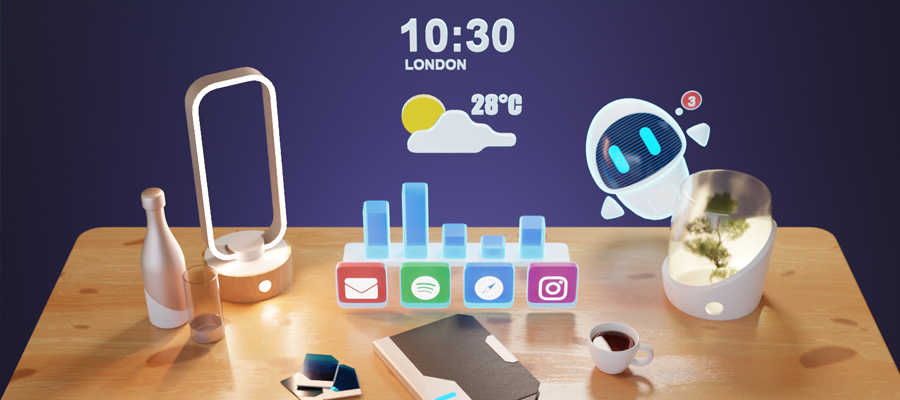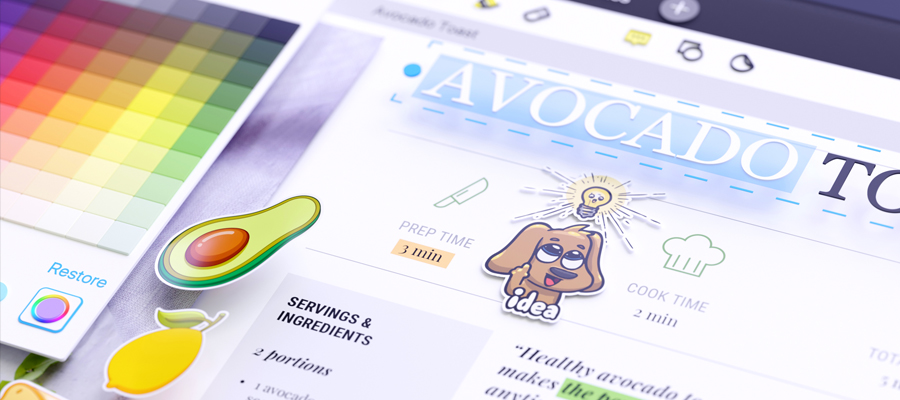In the real world, practicing just UX Design is no longer enough. Accessibility, together with diversity and inclusiveness, shape the new way we create, sell, and approach digital products.
Diversity is not just a word. It is a mindset.
If you want to be inclusive and introduce your product to other markets with more potential customers, there are some helpful tips for your design process.
Get yourself familiar with the Inclusive Design methodology
You might think that inclusiveness is a part of accessibility. And once you know it, everything is easy. However, the visible similarity of accessibility and inclusive design can confuse you.
Many of the world's top UI/UX design agencies have embraced inclusiveness and diversity in their work, and you should, too.
Keep in mind that Inclusive Design is a method when accessibility is an attribute. For example, a UX designer might rely on her personal choices and experience. This design process, which does not keep in mind other use cases, can lead to designing a disability. What does it mean? It means that some (excluded) people will not be able to use the product or adequately interact with it.
With our designs, we can create barriers for other people to access technology.

Inclusive design illustration by Jakub Šalmík
Note that Universal Design is not the same as Inclusive Design. Universal Design fits all at once when Inclusive Design fits only one. Are you feeling confused already?
Catch up on some theory to learn more about the subtle differences and make sure you are doing the right thing!
2. Double-check your personas and assumptions
UX Designers keep saying that they are not the user. And we should not design for ourselves. But we are still human beings who tend to be subjective in their judgments and assumptions. If you think that working with personas and data will make you bias-free, hold on for a moment.
Remember that the data is also collected and sorted by human beings. Are you sure that all the assumptions that you make and all the information you decide to include in user personas are bias-free?
Make sure that you do not have any leading questions or push your assumptions to design for someone you might like. Even the most reliable data can be biased and twisted.
Always double-check your assumptions!
3. Avoid biases and generalizations
Finding something in the middle of two polarities might seem like something "universal" for all. And maybe it's working this way in math. In reality, it's impossible to find a solution for people that would excite everyone equally.
Diversity in experiences, culture, and other aspects of our lives is as important as the ease of use and intuitiveness of the UI.
Having that in mind, it seems almost impossible to design a digital product that would fit everyone perfectly. Granted, most UI/UX designers are perfectionists.
Diversity of experience means that you should aim to create a delightful experience for everyone. It means that you should design the product's user interface without the barriers of cultural differences and points of access. For example, when your web app works perfectly, but the mobile app crashes all the time.
By avoiding biases and generalization, you are helping your product reach new (sometimes more profitable) markets. But you also help more people live a fulfilling life with your digital experience.
4. Offer different ways to engage with the product
UX Designers have to deal with a bunch of simple questions. For example, do you know how your users access your product? Do they usually use a desktop or mobile? Do they use it at home, on the way to work, or being frustrated in a traffic jam?
Do you know how they prefer to interact with the product and what part of the day they are engaged more than usual?
If these questions do not seem too simple, it's because they are not.
But if you know all the answers, it's safe to assume that the digital experience of your users is perfect. Also, the user research team should get a bonus. However, in many cases, UX Designers are unaware of the full picture of the product they design.
Make sure that you know how users access and use your product and think of what can be done to make their experience better. For example, if you know how many visually impaired users (color-blind, etc.) people use your app, think whether it's comfortable for them to interact with it. Maybe there's something you can do for them that would benefit all of us?
5. Be mindful in your visuals and UX copy
The best way to indicate that diversity is not just a word for you is to show it.
If you use pictures of people as visual elements, human beings are very subjective and tend to relate to the images they see. If something reflects their reality and life, or something is easily recognizable, they have more trust in it. These people know that you are aware of their needs.
If you are not responsible for the copy and content, make sure that when you see that something is not right, say it. There's a massive difference between people in poverty and poor people.
Being inclusive doesn't mean you have to put some extra effort into the design for specific people that don't fit others. It means designing products, which do not create barriers and difficulties for others.
Inclusiveness means better design and a world for everyone.




















